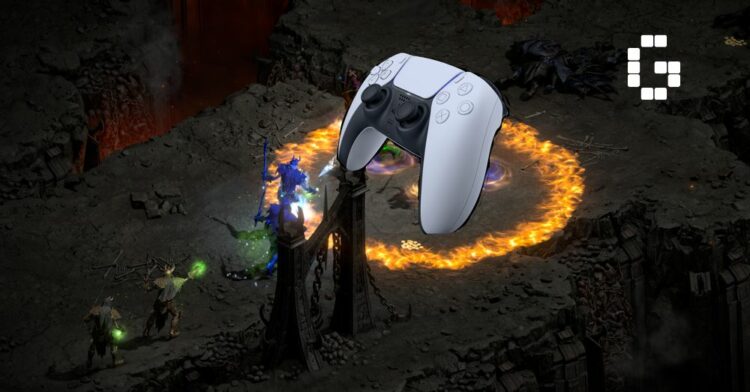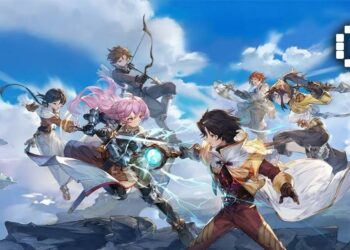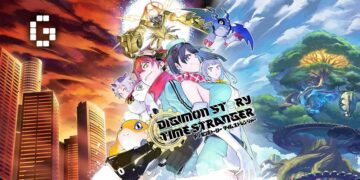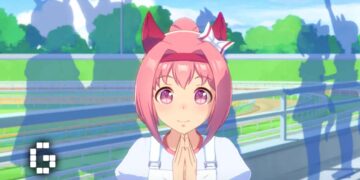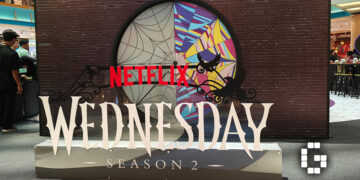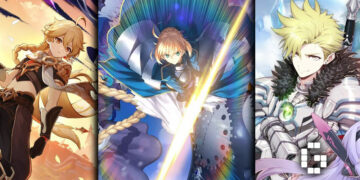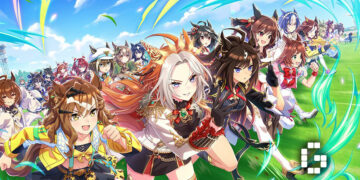Diablo II Resurrected is out now- bringing the iconic Dungeon crawler a new coat of paint, as well as quality of life features ranging from cross-progression to matchmaking.
We spoke to Rob Gallerani, Studio Design Director and Michael Bukowski, Project Lead on Diablo II Resurrected about one of the biggest new features coming to the game- that you no longer had to play it hunched over a PC at your desk, with the game supporting controller support and launching on every major console from Xbox One and PS4 to PS5 and Series X{S, as well as the Nintendo Switch.
You Don’t Have As Many Keys On A Controller
With the idea of a typically PC-favored genre like Dungeon Crawlers starting to move to consoles, it’s not like there’s no precedent- but translating an already existing, already beloved game to the format was definitely a challenge.
“I think the biggest challenge and also the most exciting was the controller. I mean we trying to create a very nostalgic experience like what you remember the game playing, but there’s no “remember” what the game was like on controller, that never existed before, and there’s just fundamental different ways to interact with the game”, Rob says.
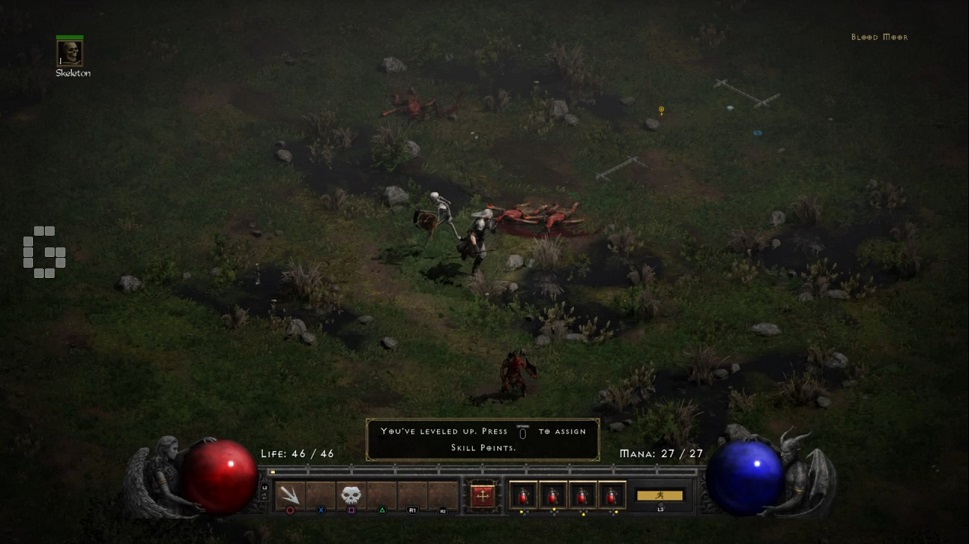
“You have obviously a significant number of buttons less on a controller than you are on a keyboard and you have a cursor, so like that entire approach is very different to how you control the game and you couple that with the fact that there’s a lot of expectations just how a game should work with a controller”, he adds.
“Like, this isn’t the first action RPG that has a controller, I mean, we have Diablo 3 that we could look right now. So we couldn’t do a lot of normal things that modern games do because we have cross progression and so things like changing how enemy work, giving you a dodge button, changing the item in inventory to a list, like that doesn’t work when you have cross progression and so pretty much saying you have to keep the exact same game but you have to control it completely differently was the most challenging and exciting”, Rob explains
“I think that we felt like we arrived on something that is special and a whole new kind of interesting way to play the game, but we weren’t really sure what people were really gonna think and it’s kinda interesting to see some very die-hard keyboard/mouse players pick up a controller and almost be internally conflicted, which is like “wow, this is actually a pretty cool way to play, I’m almost upset it was fun”, that kind of thing”, Michael adds.
Rethinking How You Move On Consoles With Diablo II Resurrectd
Robert was also excited to explain about just how much work controller support for Diablo II Resurrected was for the team. Considering the original games had the RTS-style click-and-move for controlling your character, he says the experience is fundamentally different playing on a controller.
“At a fundamental level, the role of the player has changed. When you use keyboard/mouse you’re kind of like a puppeteer. You’re an eye in the sky, telling this other character where you want them to go”, Rob says.
“With a controller, you are that character. And so there is no Oh im gonna tell my character to go over there, they’ll just pathfind “, he explains. “So at the very first level, how you move is fundamentally different. There are things you could now do that you could never do before. Before, if you clicked at the wall- let’s say you clicked on an area you could never reach- on the keyboard/mouse your character would be “we can’t do anything because you clicked on a bad spot” or it would just walk to a wall and stop. On controller I could literally keep pushing forward into the wall and make my character run into the wall.
“If there’s a little rock that the original creators put collision on, you would never have seen it before because you would just click somewhere and your character would walk around it”, Rob elaborates. “With a controller, you find it. So we needed to put in a lot more code to say “you’re touching collision, we’re gonna slow you down” and all of that had to play with the stamina bar, which is also a thing”.
Considering Diablo II was designed with the PC’s more open tools in mind, it’s no surprise that the team would have to work so hard in getting it to work on consoles. While many FPS players only complaint about controllers is the less sensitive sticks, entire UX approaches had to be redesigned to bring the game to consoles.

“When it comes to aiming, you don’t have a cursor anymore. Which is the fundamental way you tell the game where you wanna go. We are always running a very large kind of search, and we’re running that search on many many levels. We’re looking at all the monsters, all the interactables, all the items on the ground. All of this is being checked”, Rob says.
Unlike Diablo III, which has consoles in mind and simpler systems as a result, Robert explained that Diablo II was very much about making anything you wanted- a challenge on consoles.
“In Diablo II the way that the gear works and because its a flexible system, you can kind of give any spell to any other class depending on how you build your Rune Words and all that. Which means a Barbarian can learn how to teleport”, he laughs. “And so if we were making a modern game and like “ok here’s a Barbarian and they only have 3 skills” we could easily customize every targeting for each button. But at any moment we have no idea what spell you could cast at any time. So we have to build smart targetings that guess where you’re going to be- we even experimented with different ways of highlighting”.
“In Keyboard and Mouse you have a gauntlet thats pointing, while on Controller you don’t have that. So you can see we’ve moved the health bar above their head. If you were like a Necromancer and there are 3 monsters in front of you, 3 corpses in front of you and a pile of loot around you- the game is targeting them at different priorities”, he adds. “We tried to actually show those things at one point. It was just like information overload- the player just couldnt tell what was going on at that point”.
“So we were like “look we’re just gonna go with showing one thing” but all the other things just kinda work. Because the old game was so quirky- for example the Necromancer has the spell Iron Golem – and the way that the spell works is that if you throw a Magic Item on the ground that has the keyword Metal in it, the level of that magic item determines the level of the iron golem you’ll summon. And you need now a way to target metal items on the ground with a controller”.
“What if there’s 9 metal items on the ground that the player has to choose from?”, he asks. “There’s just so many little quirks to those kinds of things and I guess the most important thing was that it had to just work for the player. That’s just a tip of the iceberg of the fun that controller was”.
Making Sure Consoles Have A System That Works For Them In DIablo II Resurrected
It wasn’t just about the gameplay, either. According to Rob and Mike, Diablo II Resurrected on consoles also had some quality-of-life differences, to support the slower typing without a keyboard.
“One of the most apparent thing that’s very different between a console player and a PC player is that even though we’ve allowed a PC player to use a controller, they can use a keyboard whenever they want. A console player can only use a controller which means communicating with text is not really speedy at all”, Rob says.
“On a PC I can easily type to someone “hey, looking for group, hey do you wanna party up?“. That’s just accepted with a PC, that’s not even really feasible with a controller on console”, he adds.
“In addition to that , the way that you form up with your friends, is usually done via first party Friends List. So that’s where we put more of our focus. When you play on console you just have a giant Play button. And you hit Play but all of the modes that you’re talking about are still there”.
Rob stressed though that this didn’t mean game modes were missing- just the tools with which you used to interact with other players.
“That’s why you see there’s no lobby at launch for console. Just because the whole point of being in a lobby is seeing a wall of chat go and being able to talk with them. If you would be literally bombarded with a wall of chat and trying to type with a controller, it was not a really usable experience. In place of that on console, we added a game finder”, he says.

One advantage of remastering a 20-year old game, he says, is also the ability to highlight which ones players are most excited about. For consoles, the Game Finder would help matchmake players who wanted to take down the same big demons in Diablo II Resurrected, and they were prepared to help players do just that.
“We’ve seen over the past 20 years there are very common activities that players will do. They’ll do Baal runs, they’ll do Pindleskin runs. They’ll do Tristram runs, they’ll do Uber Diablos. And so its like OK, we know these are all the very common ones, let’s add that. And we built the system in a way that if we wanted to add more commonly looked-for events, we could add that”.
“Really what that system is doing, is just saying hey, I have a character and I wanna do this event. Anyone else wanna do this event too? And that’s pretty much what the lobby did before, we just took the typing out of it”, he says. “And that is kinda what we do to drive those things,. A lot of the other stuff when it came to the controller because we wanted to preserve controller play on PC as well as console, you just get both those functionality on both, so that wasn’t just for console”.

Michael also reminded us that they really meant that Consoles shared all the features with their PC counterparts in Diablo II Resurrected- including the ability to change between graphics.
“I think there’s something that a lot of people dont really even realize. The ability to switch between the original visuals and sound and the new resurrected visuals and everything, that also is available on console”, Michael says. “You can switch between the original- well its not the original-original game because obviously you’re still playing with a controller. There is a controller combo you can push to switch the visuals back and forth so you’re not even missing out on that by playing on console. It’s kind of a surreal experience seeing the original 2d sprite-based game on your 50, 60-inch television”.
“It created many edge cases, while we’re talking about it”, Rob explained. “Every thing we would make on the HD game, if we changed something, because you can change the graphics we made it in the SD version as well. For example there is no shared stash in the original game. We had to add an original version of the shared stash when you toggle over. However, when it comes to the controller, the whole HUD of the controller is so fundamentally different because of how the controller worked you’ll notice that if you have a controller and you toggle, it’ll still keep the HD HUD. So it kind of shows you the stark difference between the gameplay and the new art”
Diablo On The Go

While old dungeon crawlers like Diablo II might evoke images of camping out in your room all weekend, Diablo II Resurrected offers a lot of alternatives by way of consoles. By releasing on the Nintendo Switch, you could fight the Lord of Terror anywhere- on the bus, while getting stood up at a restaurant, under your covers while you cry yourself to sleep- anywhere you had two free hands, you could be engaged in the experience.
“What we really wanted to be able to do was tailor the experiences as much as possible to the platform that you’re playing on. When it comes to the Switch, for us it was really all about making sure you have that really great on-the-go Diablo experience”, Michael explains.
“We really wanted D2 to feel really awesome on a smaller screen, to be able to be playing on the go and things of that nature”, he said.
“Regardless of what platform you’re playing on, you’re playing Diablo II. You’re getting the original game, and you’re getting beautiful visuals tailored to each platform. For the Switch specifically, the focus was making sure that things were really readable on the smaller screen, things played really well in that handheld mode”, he adds.
It’s good to see just how much care and attention went into gettingDiablo II to run on consoles- making sure many players’ first Diablo experience isn’t a terrible one is a good way to make more Diablo fans in future.
The game’s available now, and you can check out our review of it if you’ve not quite made up your mind on embracing the Lord of Terror


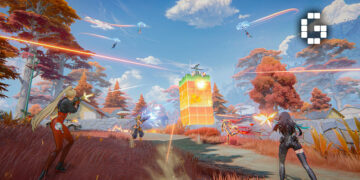

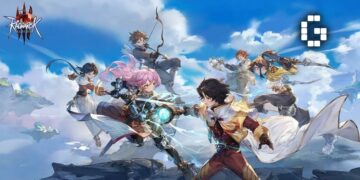

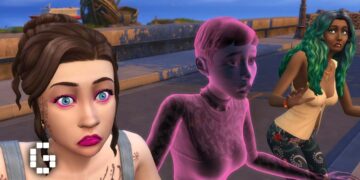




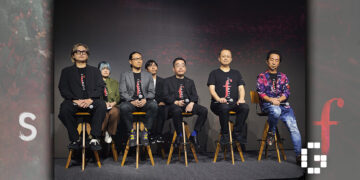

![[EXCLUSIVE] Creative Masterminds from Gearbox Software Reveal What Makes Borderlands 4 Worth the Wait](https://cdn.gamerbraves.com/2025/07/Borderlands-4-at-Bilibili-World-2025_Interview_FI-360x180.jpg)


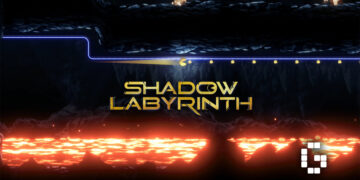

![[ASIA EXCLUSIVE] Bringing Back a Classic: Inside the Making of FINAL FANTASY TACTICS – The Ivalice Chronicles](https://cdn.gamerbraves.com/2025/06/FFT-Ivalice-Chronicles_Interview_FI2-360x180.jpg)
